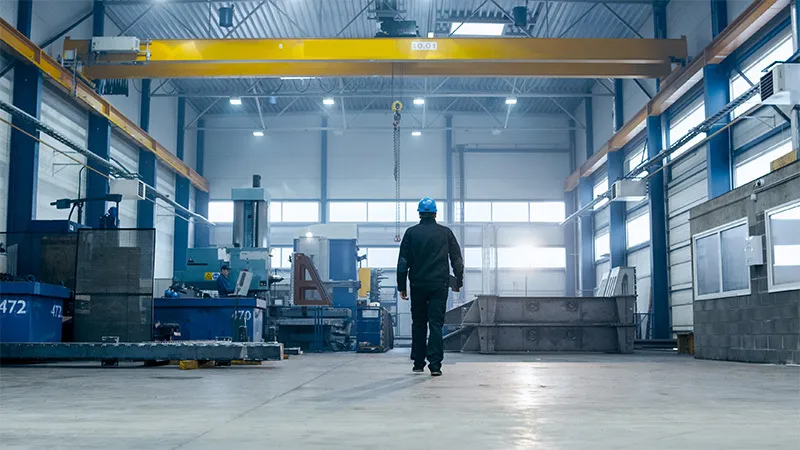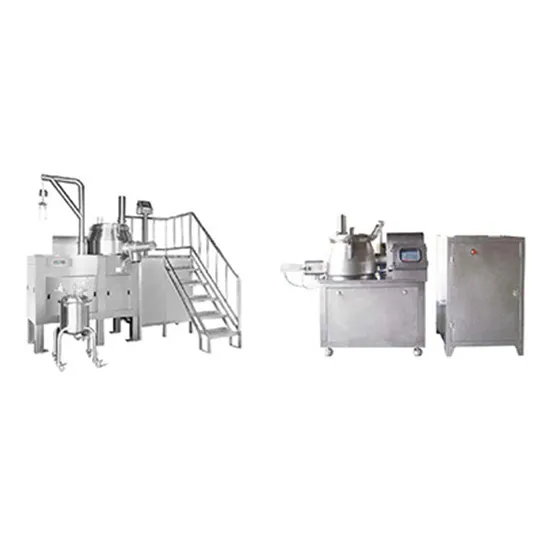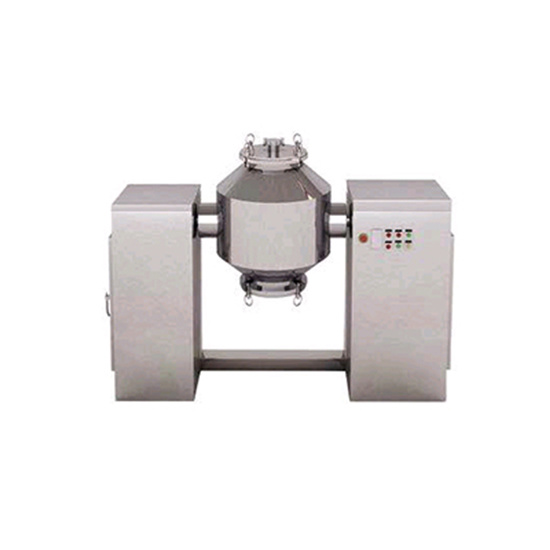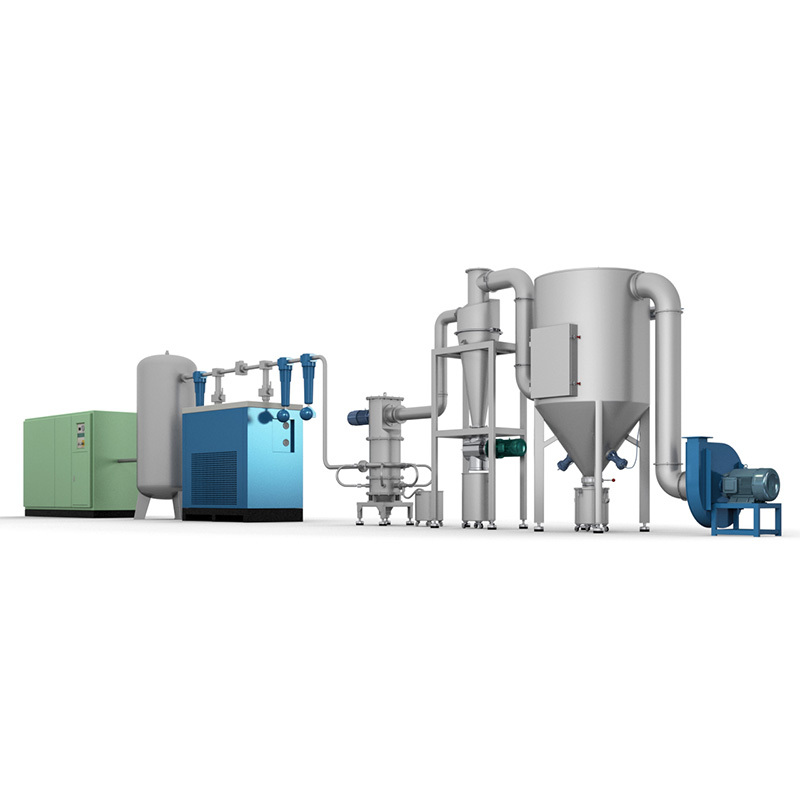NEWS
The Benefits of Reverse Engineering in Grinder Design and Optimization
Sep 14,2023
Table of Contents:
1. Introduction: Understanding Reverse Engineering in Grinder Design and Optimization
2. Enhancing Performance and Functionality through Reverse Engineering
3. Cost Reduction and Efficiency Improvement with Reverse Engineering
4. Reverse Engineering for Quality Enhancement and Innovation
5. The Role of Reverse Engineering in Troubleshooting and Maintenance
6. Application of Reverse Engineering in Customization and Upgrades
7. FAQs about Reverse Engineering in Grinder Design and Optimization
In the world of manufacturing, reverse engineering has emerged as a powerful tool for improving product design and optimization. This process involves deconstructing and analyzing an existing product to gain a deeper understanding of its functionality, construction, and performance. In the case of grinders, reverse engineering plays a crucial role in enhancing their design and optimizing their efficiency.
By reverse engineering grinders, manufacturers and engineers can uncover valuable insights into the design and construction of these machines. This knowledge allows them to identify areas for improvement and implement modifications that enhance the performance and functionality of grinders. Through reverse engineering, engineers can analyze the internal components, such as motors, blades, and grinding mechanisms, and optimize their design for improved efficiency, precision, and durability.
Reverse engineering offers a cost-effective approach to grinder design and optimization. Instead of starting from scratch and investing significant resources in research and development, manufacturers can leverage existing grinder models and reverse engineer them to identify opportunities for cost reduction and efficiency improvement. By understanding the underlying principles and mechanisms of well-established grinder designs, manufacturers can streamline production processes, reduce material wastage, and enhance overall operational efficiency.
Reverse engineering empowers manufacturers to study and replicate successful grinder designs, allowing them to maintain or even surpass the quality standards set by market leaders. By dissecting and analyzing high-performing grinders, manufacturers can identify the key components, materials, and manufacturing techniques that contribute to their superior performance. This knowledge can be used to enhance the quality of their own grinder designs and foster innovation in the industry.
Reverse engineering plays a vital role in troubleshooting and maintenance activities for grinders. By deconstructing faulty or malfunctioning grinders, engineers can identify the root causes of issues and develop effective solutions. Whether it's a motor malfunction, blade misalignment, or a problem with the grinding mechanism, reverse engineering allows engineers to diagnose the problem accurately and implement targeted repairs or replacements. This approach significantly reduces downtime and enhances the overall reliability and lifespan of grinders.
Grinder customization and upgrades are made easier through reverse engineering. By studying existing grinder designs, manufacturers can identify opportunities for customization and implement modifications that cater to specific user preferences or industry requirements. Whether it's adjusting the size of the grinding chamber, enhancing safety features, or incorporating advanced technologies, reverse engineering provides the foundation for creating tailor-made grinders that meet the unique needs of customers.
Reverse engineering is generally legal as long as it is conducted for the purpose of understanding a product's design and not for copyright infringement or unauthorized replication.
Reverse engineering allows manufacturers to gain insights into successful product designs, optimize their own designs, reduce costs, enhance quality, and foster innovation.
Yes, reverse engineering is a valuable tool for diagnosing and resolving grinder malfunctions, allowing engineers to identify the root causes and implement targeted repairs or replacements.
Absolutely. Reverse engineering provides the foundation for creating customized grinders by studying existing designs and implementing modifications that cater to specific user preferences or industry requirements.
By reverse engineering faulty grinders, engineers can accurately diagnose issues and develop effective solutions, reducing downtime and enhancing the overall reliability and lifespan of grinders.
Incorporating reverse engineering techniques in grinder design and optimization offers numerous benefits to manufacturers, engineers, and users alike. From enhancing performance and functionality to reducing costs and improving quality, reverse engineering serves as a valuable tool for innovation and customization. Additionally, it plays a crucial role in troubleshooting and maintenance, ensuring the longevity and reliability of grinders. Embracing the power of reverse engineering can pave the way for remarkable advancements in the world of grinder design and optimization.
1. Introduction: Understanding Reverse Engineering in Grinder Design and Optimization
2. Enhancing Performance and Functionality through Reverse Engineering
3. Cost Reduction and Efficiency Improvement with Reverse Engineering
4. Reverse Engineering for Quality Enhancement and Innovation
5. The Role of Reverse Engineering in Troubleshooting and Maintenance
6. Application of Reverse Engineering in Customization and Upgrades
7. FAQs about Reverse Engineering in Grinder Design and Optimization
1. Introduction: Understanding Reverse Engineering in Grinder Design and Optimization
In the world of manufacturing, reverse engineering has emerged as a powerful tool for improving product design and optimization. This process involves deconstructing and analyzing an existing product to gain a deeper understanding of its functionality, construction, and performance. In the case of grinders, reverse engineering plays a crucial role in enhancing their design and optimizing their efficiency.
2. Enhancing Performance and Functionality through Reverse Engineering
By reverse engineering grinders, manufacturers and engineers can uncover valuable insights into the design and construction of these machines. This knowledge allows them to identify areas for improvement and implement modifications that enhance the performance and functionality of grinders. Through reverse engineering, engineers can analyze the internal components, such as motors, blades, and grinding mechanisms, and optimize their design for improved efficiency, precision, and durability.
3. Cost Reduction and Efficiency Improvement with Reverse Engineering
Reverse engineering offers a cost-effective approach to grinder design and optimization. Instead of starting from scratch and investing significant resources in research and development, manufacturers can leverage existing grinder models and reverse engineer them to identify opportunities for cost reduction and efficiency improvement. By understanding the underlying principles and mechanisms of well-established grinder designs, manufacturers can streamline production processes, reduce material wastage, and enhance overall operational efficiency.
4. Reverse Engineering for Quality Enhancement and Innovation
Reverse engineering empowers manufacturers to study and replicate successful grinder designs, allowing them to maintain or even surpass the quality standards set by market leaders. By dissecting and analyzing high-performing grinders, manufacturers can identify the key components, materials, and manufacturing techniques that contribute to their superior performance. This knowledge can be used to enhance the quality of their own grinder designs and foster innovation in the industry.
5. The Role of Reverse Engineering in Troubleshooting and Maintenance
Reverse engineering plays a vital role in troubleshooting and maintenance activities for grinders. By deconstructing faulty or malfunctioning grinders, engineers can identify the root causes of issues and develop effective solutions. Whether it's a motor malfunction, blade misalignment, or a problem with the grinding mechanism, reverse engineering allows engineers to diagnose the problem accurately and implement targeted repairs or replacements. This approach significantly reduces downtime and enhances the overall reliability and lifespan of grinders.
6. Application of Reverse Engineering in Customization and Upgrades
Grinder customization and upgrades are made easier through reverse engineering. By studying existing grinder designs, manufacturers can identify opportunities for customization and implement modifications that cater to specific user preferences or industry requirements. Whether it's adjusting the size of the grinding chamber, enhancing safety features, or incorporating advanced technologies, reverse engineering provides the foundation for creating tailor-made grinders that meet the unique needs of customers.
7. FAQs about Reverse Engineering in Grinder Design and Optimization
Q1: Is reverse engineering legal?
Reverse engineering is generally legal as long as it is conducted for the purpose of understanding a product's design and not for copyright infringement or unauthorized replication.
Q2: How does reverse engineering benefit manufacturers?
Reverse engineering allows manufacturers to gain insights into successful product designs, optimize their own designs, reduce costs, enhance quality, and foster innovation.
Q3: Can reverse engineering be used for troubleshooting grinder issues?
Yes, reverse engineering is a valuable tool for diagnosing and resolving grinder malfunctions, allowing engineers to identify the root causes and implement targeted repairs or replacements.
Q4: Can reverse engineering be applied to customized grinder designs?
Absolutely. Reverse engineering provides the foundation for creating customized grinders by studying existing designs and implementing modifications that cater to specific user preferences or industry requirements.
Q5: How can reverse engineering improve grinder maintenance?
By reverse engineering faulty grinders, engineers can accurately diagnose issues and develop effective solutions, reducing downtime and enhancing the overall reliability and lifespan of grinders.
Conclusion
Incorporating reverse engineering techniques in grinder design and optimization offers numerous benefits to manufacturers, engineers, and users alike. From enhancing performance and functionality to reducing costs and improving quality, reverse engineering serves as a valuable tool for innovation and customization. Additionally, it plays a crucial role in troubleshooting and maintenance, ensuring the longevity and reliability of grinders. Embracing the power of reverse engineering can pave the way for remarkable advancements in the world of grinder design and optimization.
More News










